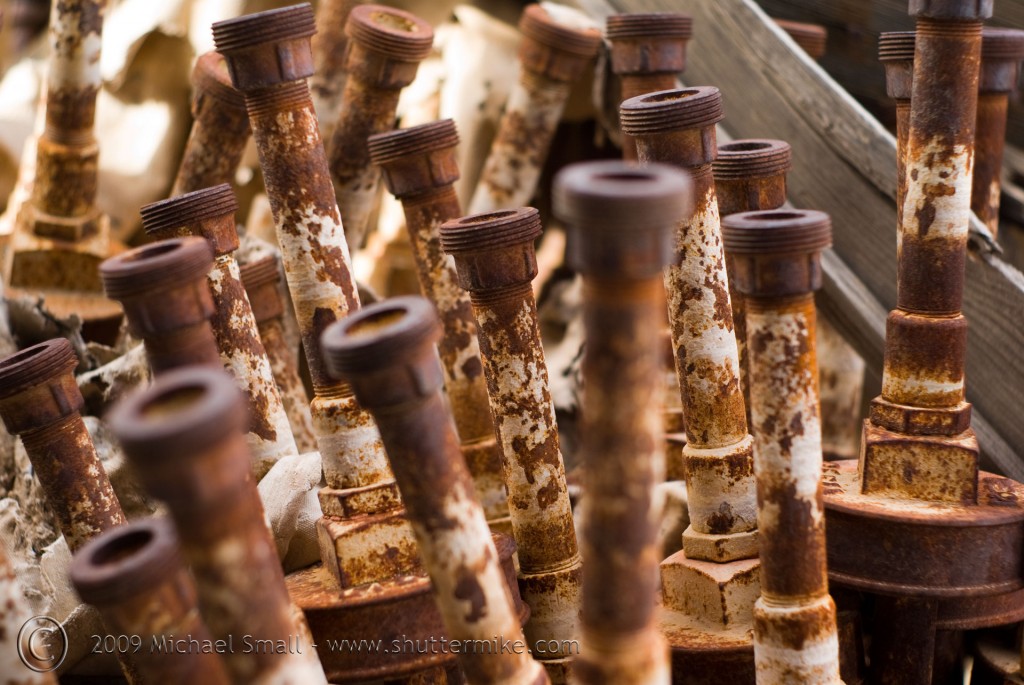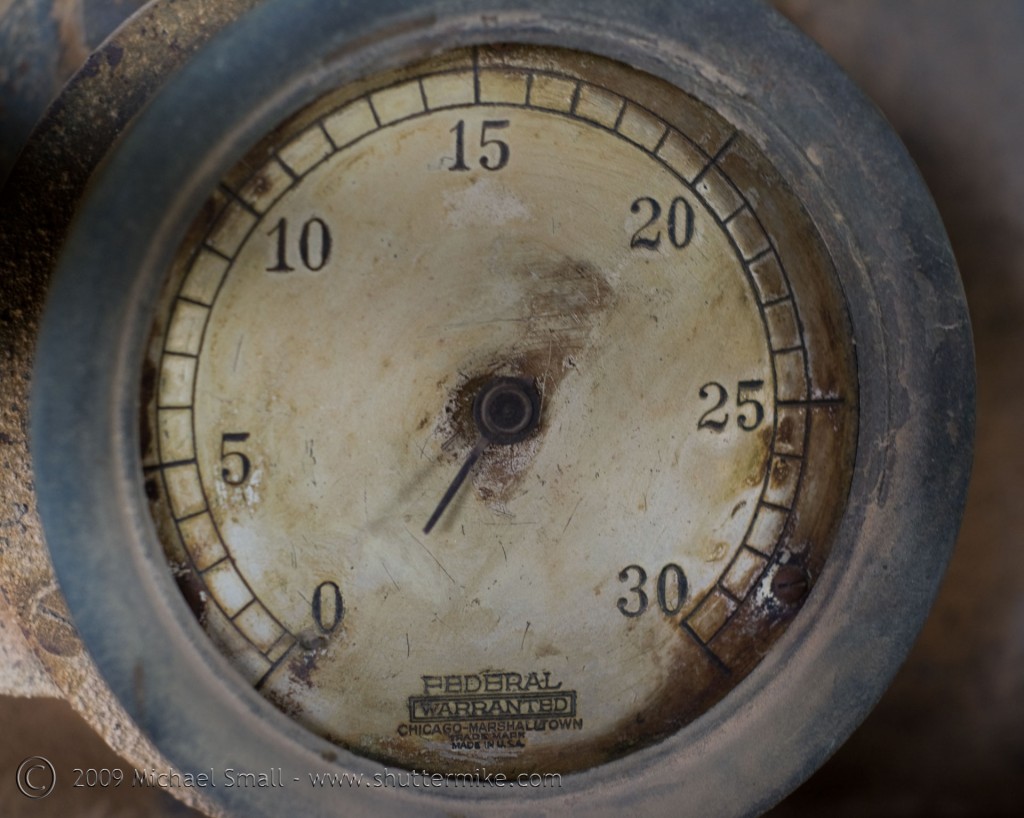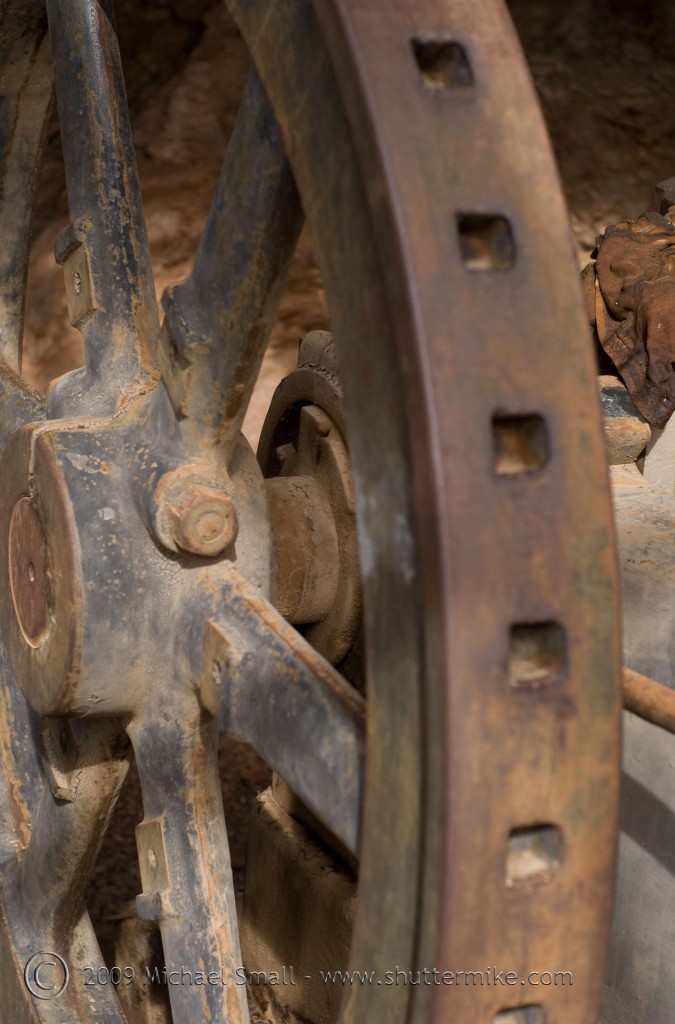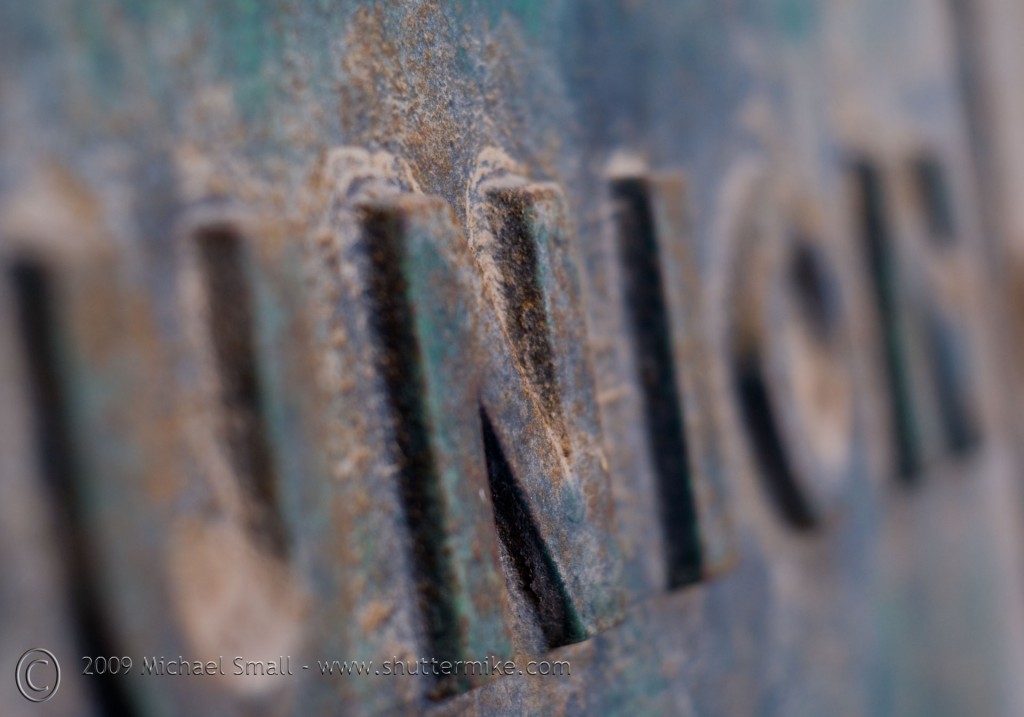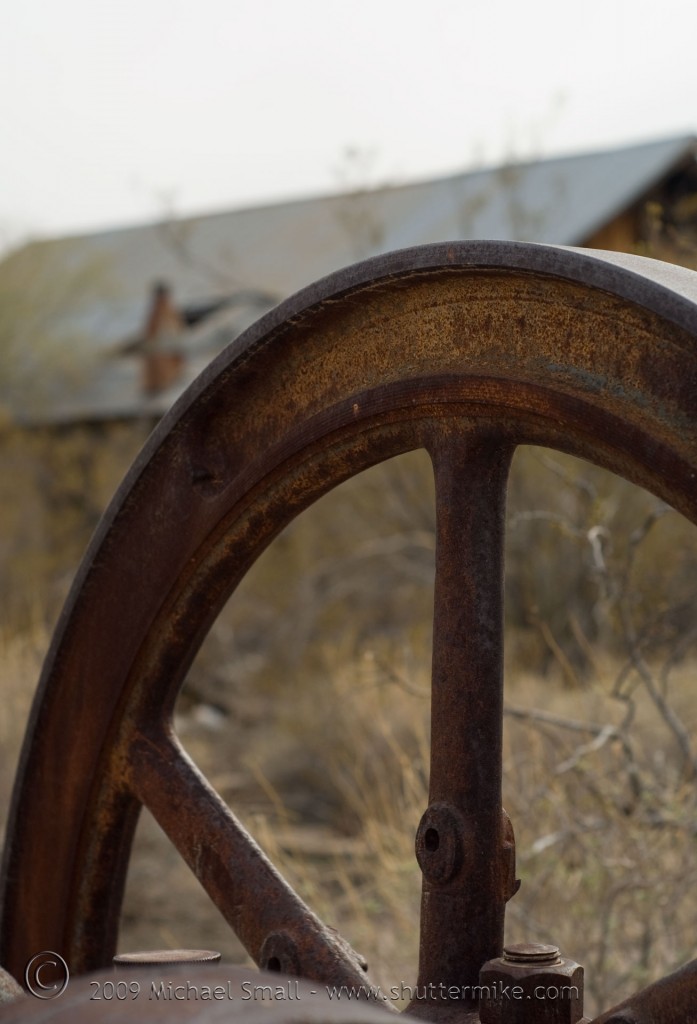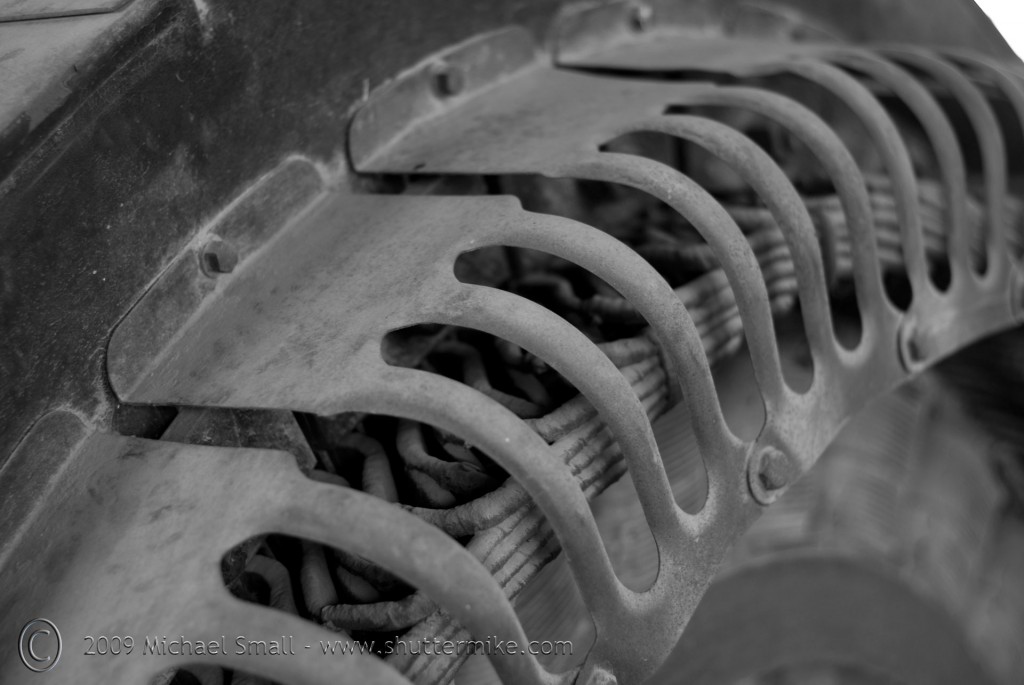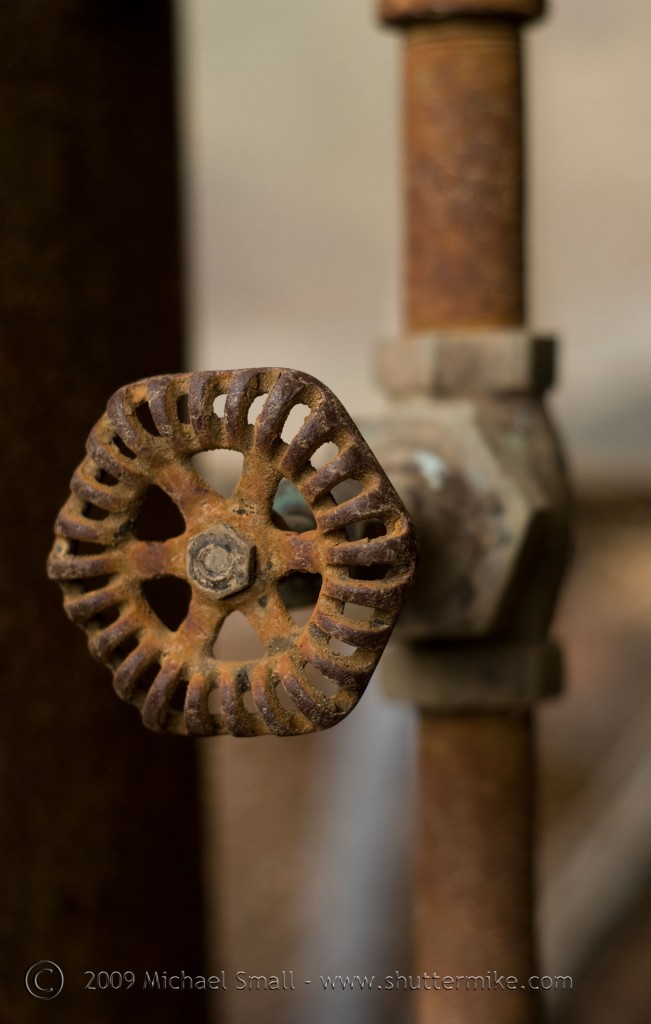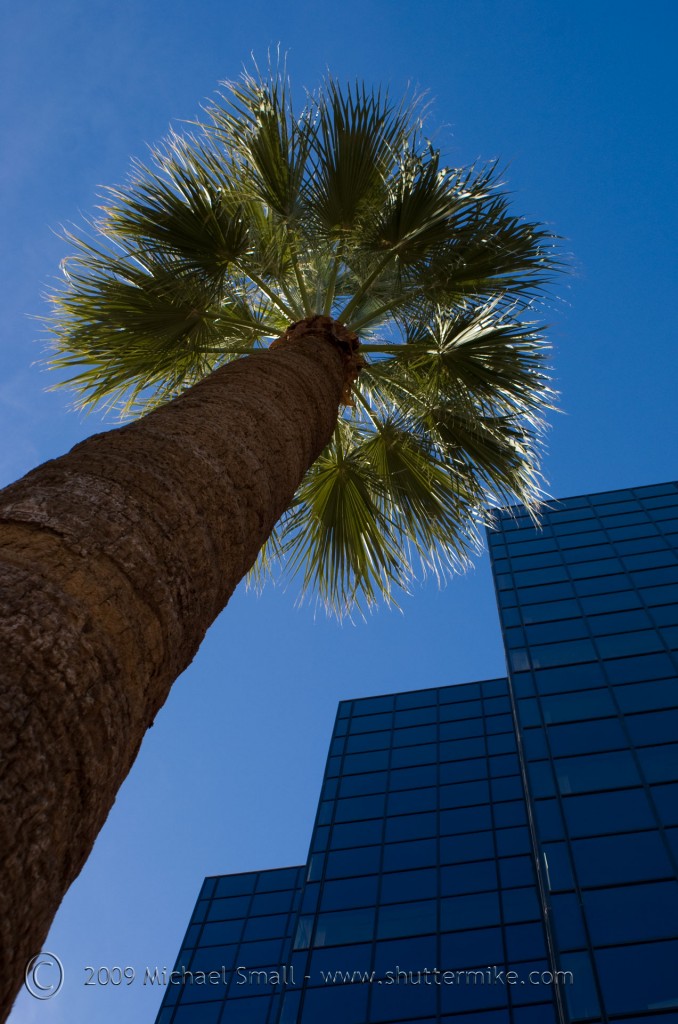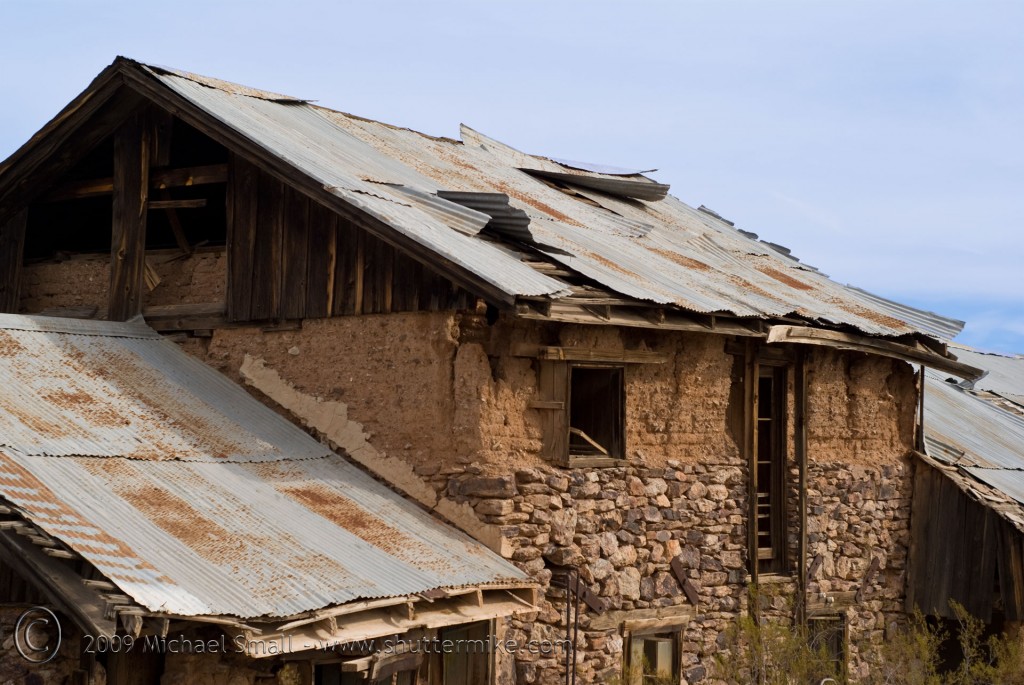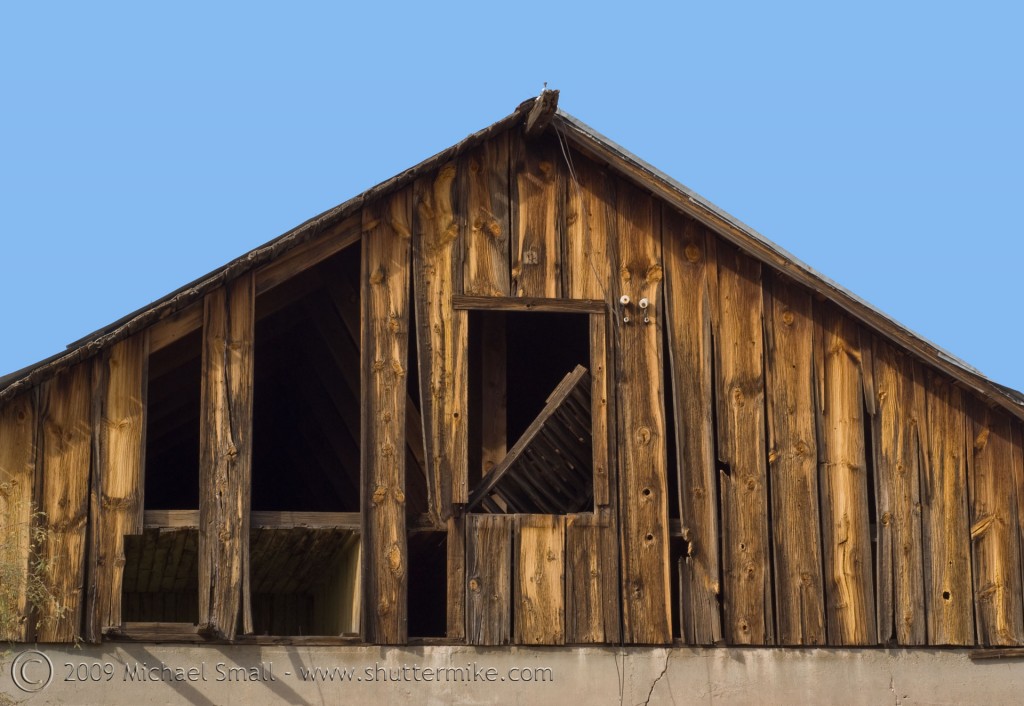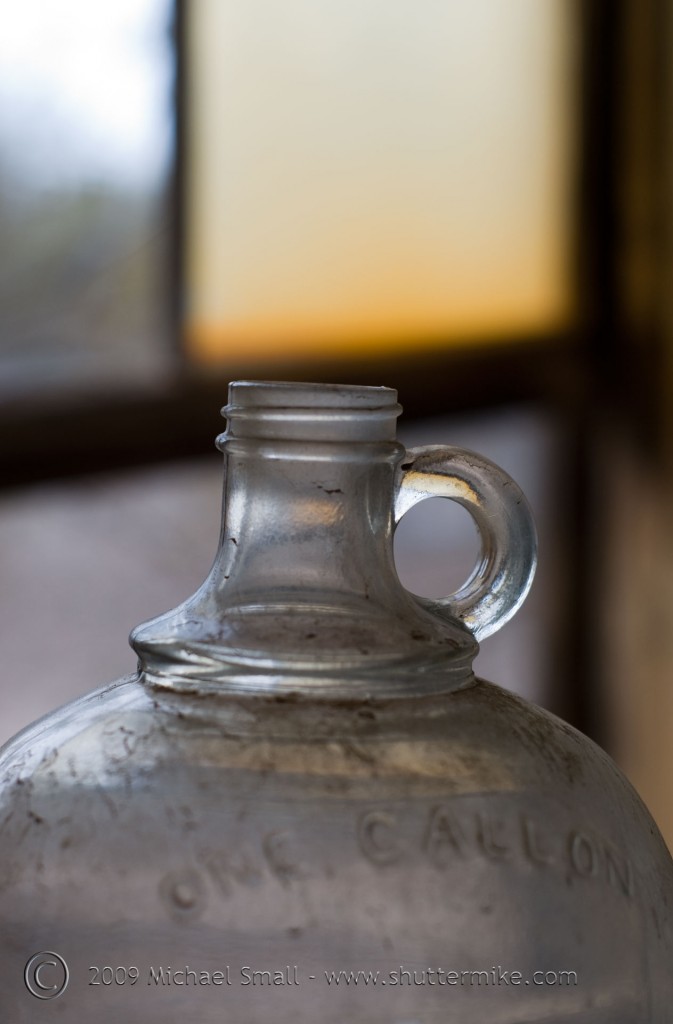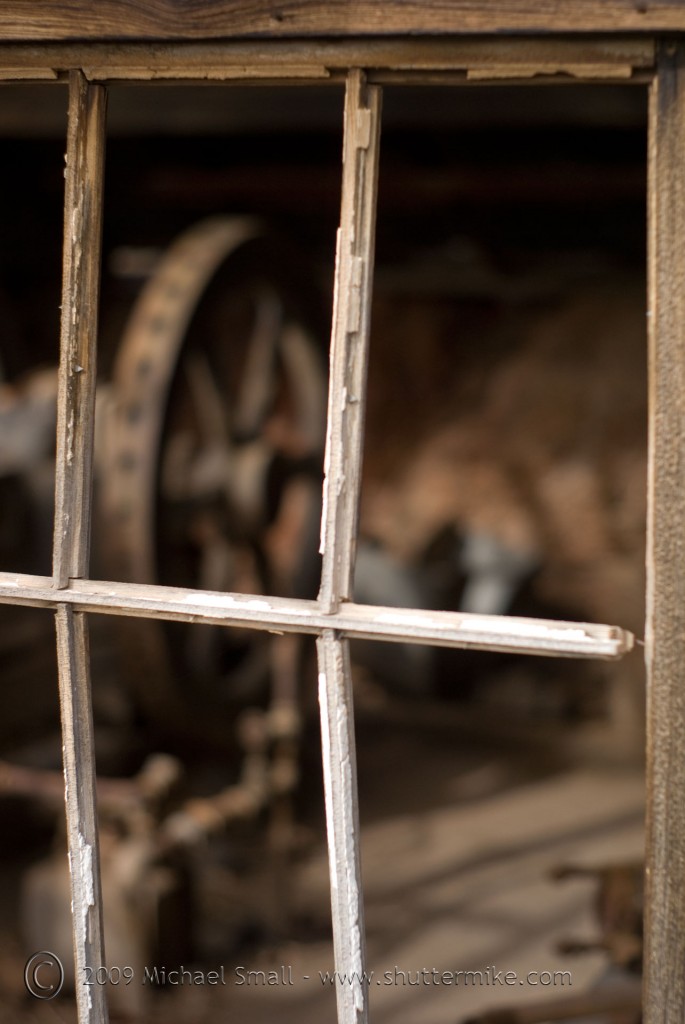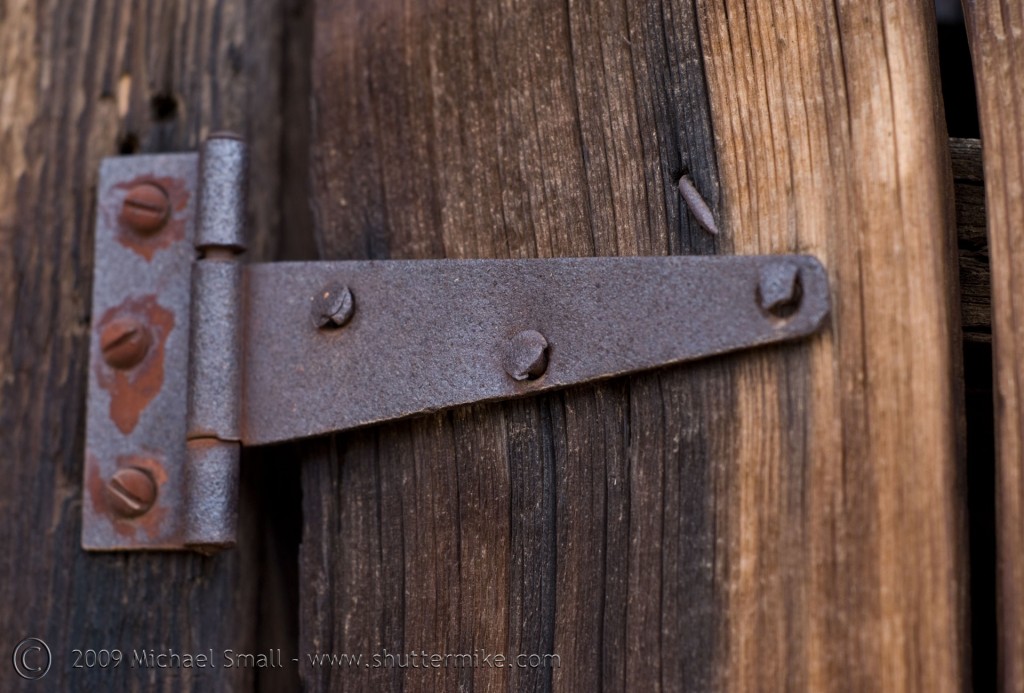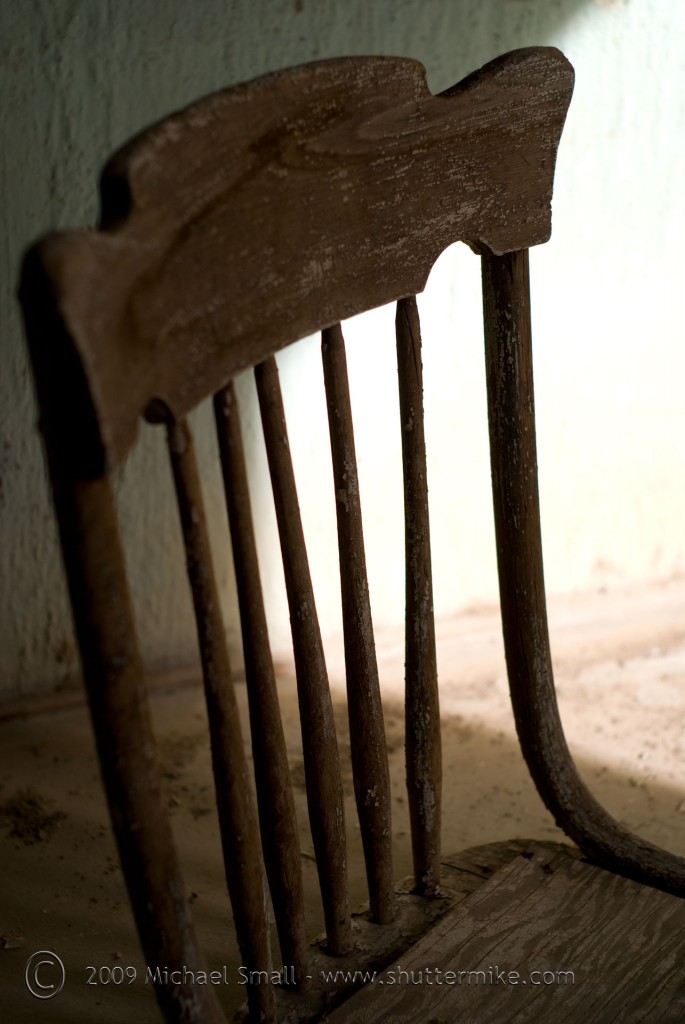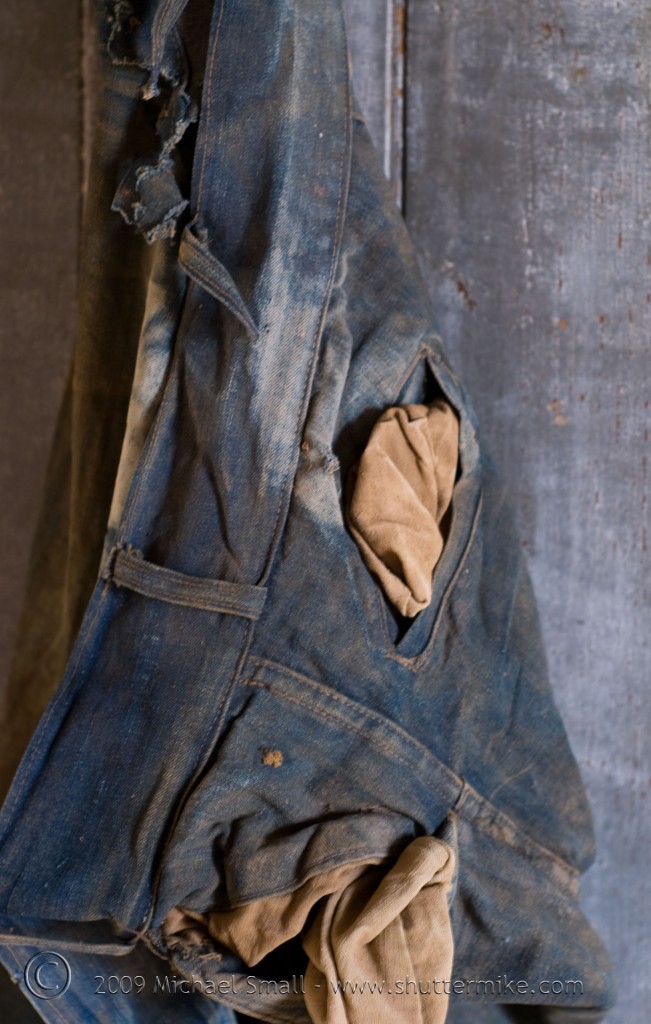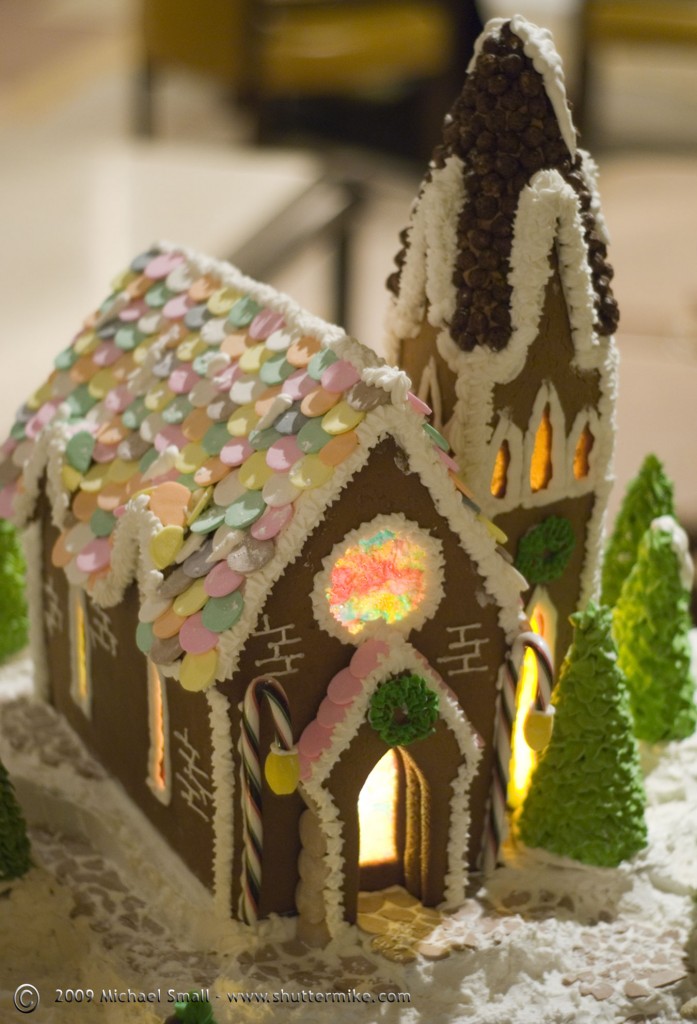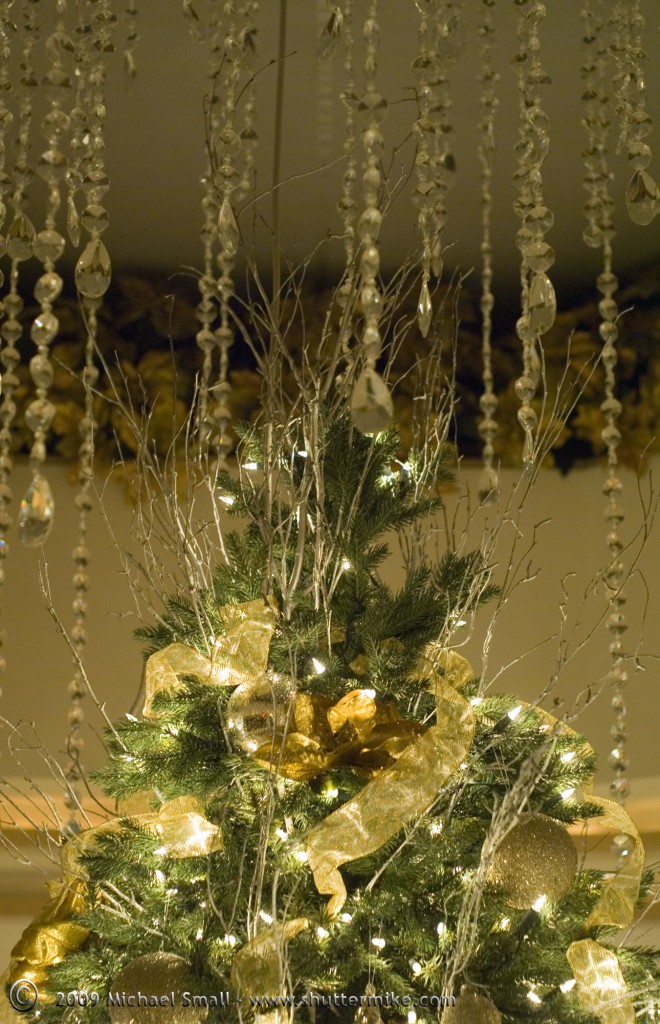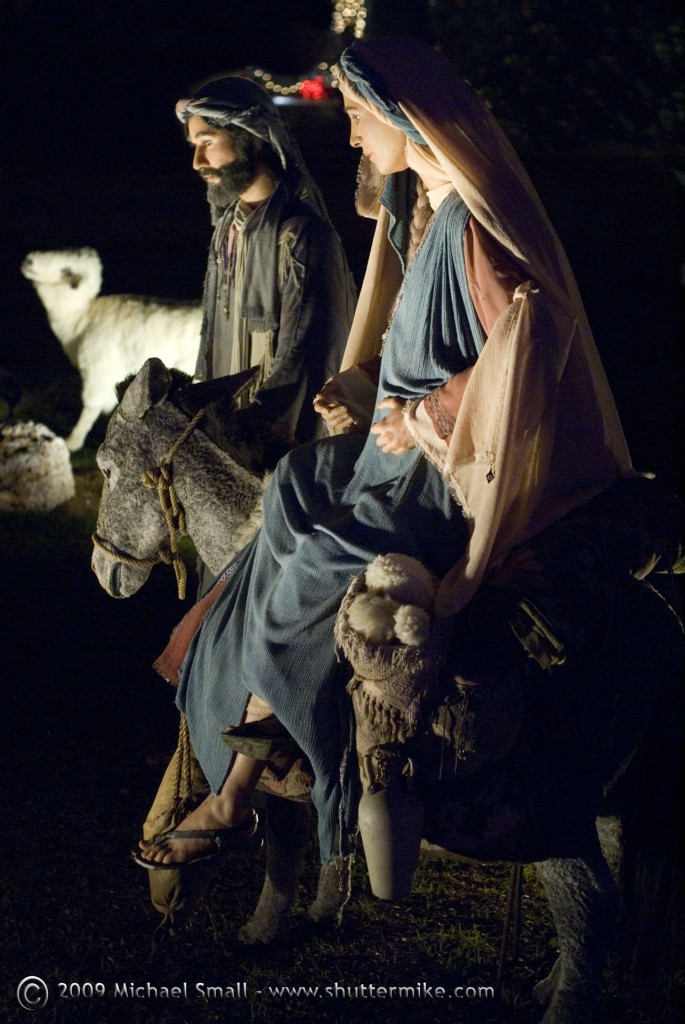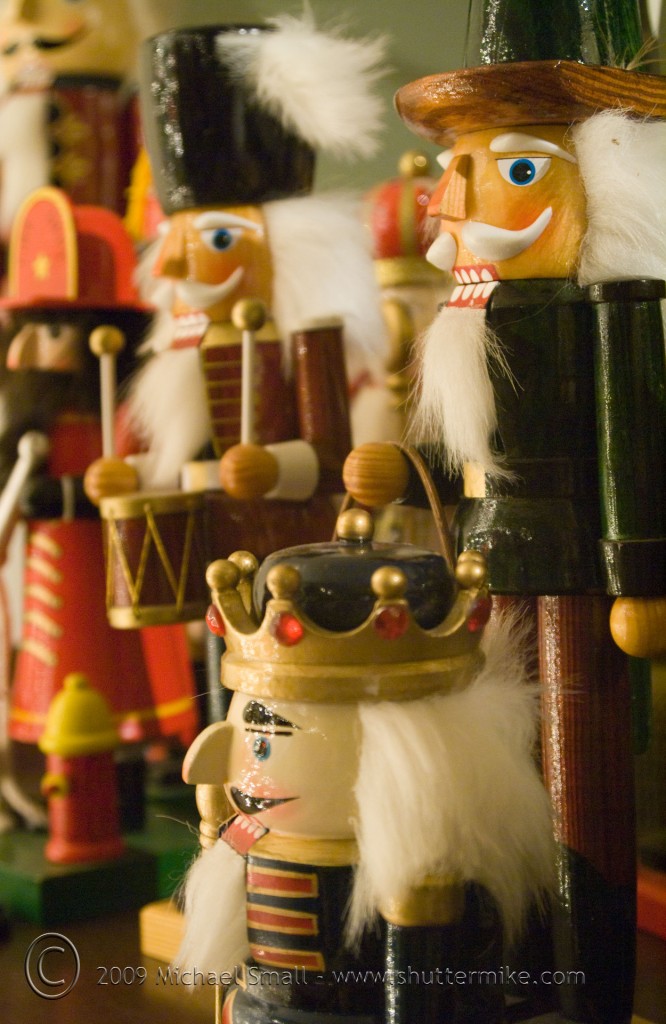The site I mentioned a few days ago, Faded & Blurred, is hosting a 365 photo project. What is that you ask? It is when you take one photo a day, everyday, for a year and share it with the group participating in the project.
I signed up for this as a challenge to myself. I shoot as often as I can, but the daily obligations of life often prevent me from picking up my camera for days at a time. There are also days when I have no motivation or inspiration to photograph (although they are rare). So to be “obligated” to produce one photograph a day for an entire year I will be forcing the photography I love to become a part of my daily routine.
I image one of the hardest parts at the beginning of this project will be to remember to do it everyday – until it becomes routine. After that is will be finding daily inspiration in something and making the time to do it. But I am excited by the possibilities and the challenge.
If it is something you are interested in doing you can join the Faded & Blurred community here and check out the Flickr group where the daily photos from participating members will be posted.
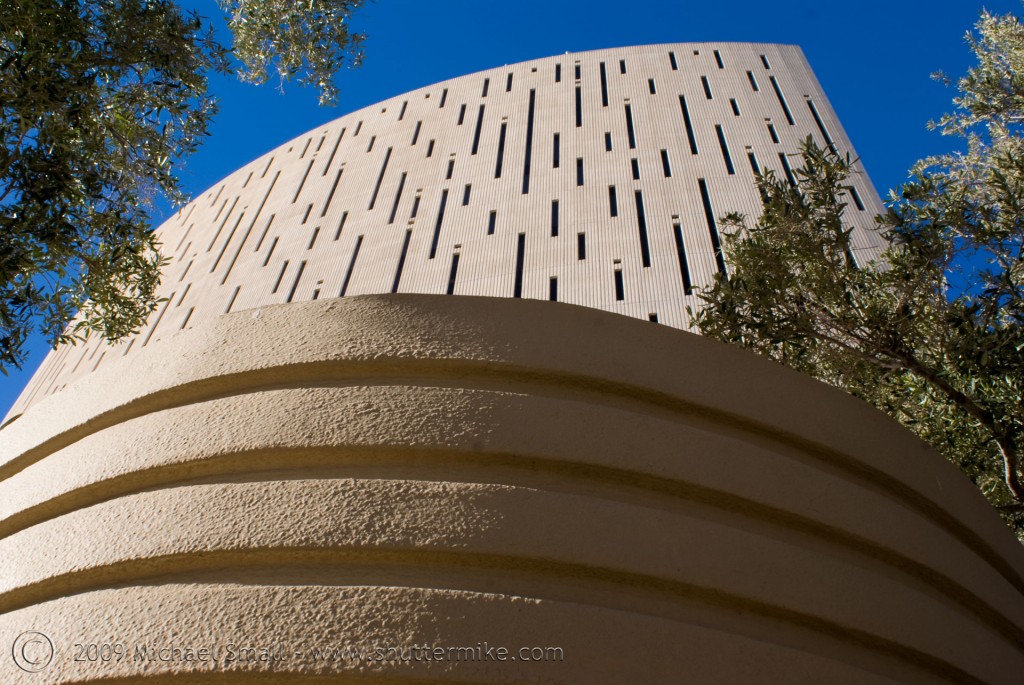 The Punch Card Building
f/16 – 1/40 sec – ISO 100 – Focal Length 24 mm
The Punch Card Building
f/16 – 1/40 sec – ISO 100 – Focal Length 24 mm
I have posted images of the Phoenix Financial Center building in central Phoenix in a past post on Mid-Century Modern Architecture in Phoenix. But I am a big believer in re-photographing subjects a second and third and fourth time. Hopefully your skills as a photographer have improved and you have learned something new that can be applied to the subject since you last shot it. A return visit is also sure to provide a new perspective. You always tend to look at something in a new way the second time around. Finally, the conditions such as lighting, weather, and surroundings are sure to change from visit to visit and can often result in a completely different image. So never cross a site or subject off the list as “done.” It may be a something totally new on a repeat visit.
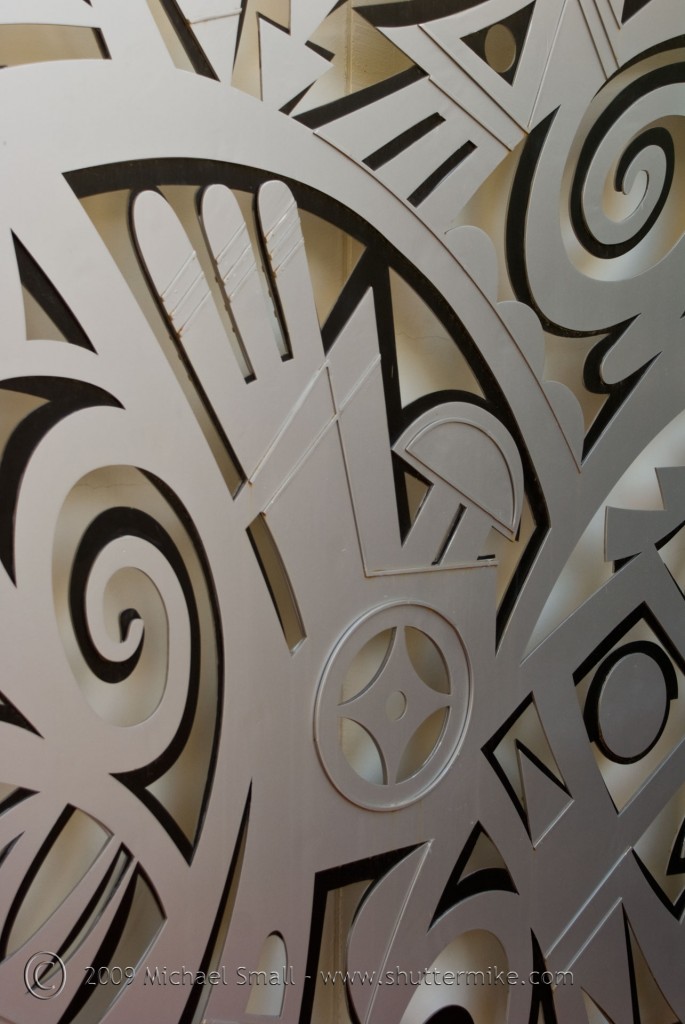 Gate Detail at the Heard Museum
f/5.6 – 1/60 sec – ISO 100 – Focal Length 45 mm
Gate Detail at the Heard Museum
f/5.6 – 1/60 sec – ISO 100 – Focal Length 45 mm
I took this photo on my first visit to the Heard Museum in Phoenix. The Heard is one of the nation’s top Native American arts and culture museums. The grounds of the museum feature patios, gardens, open space and sculptures to explore. There is also a cafe, gift shop and library in addition to the gallery space that feature some very impressive collections of Native America art.
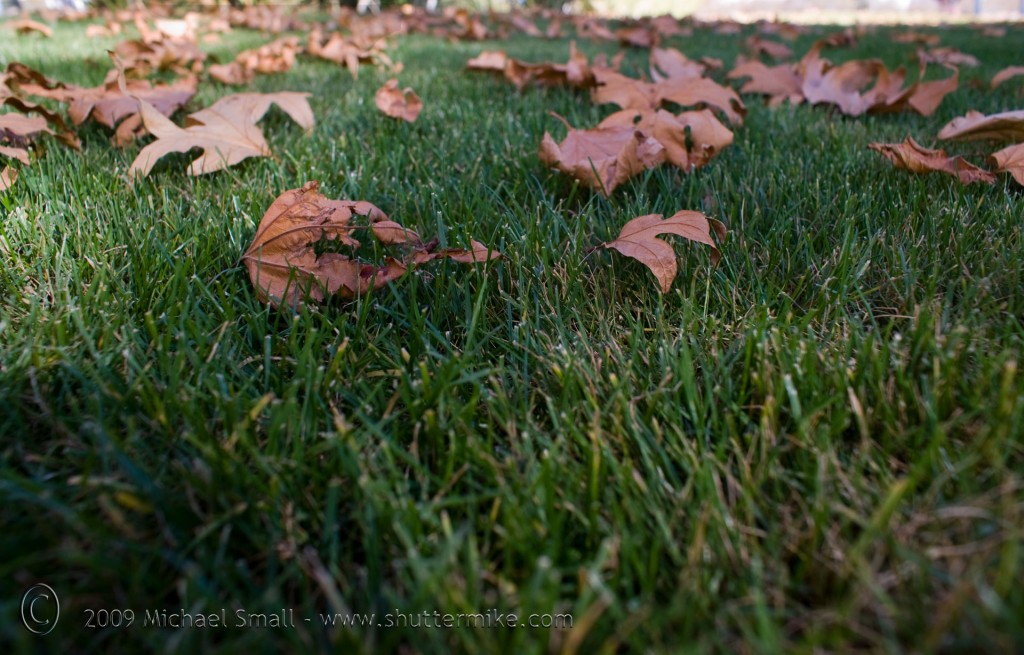
Fall In Arizona
f/4.5 – 1/125 sec – ISO 100 – Focal Length 18 mm
Fall comes late in Phoenix. This ground level view is of the lawn at the Heard Museum where leaves just recently began falling from the trees.
The fundamentals such as proper exposure and composition are a critical part of photography. By understanding these photography fundamentals you can improve your images immensely. But there are also some very basic things you can do without much studying or mastering new concepts.
1) Know your camera, really know it! – Whether you have a point and shoot or an advanced DSLR your camera is a sometimes complex machine full of features, buttons and dials. The best thing you can do to really know your camera is to read the manual from cover-to-cover. The manual will give you all the basic information you need so that you can become familiar with all those functions and dials and buttons.
If you don’t have a manual for your camera you are not out of luck. There are a couple of options for missing camera manuals.
- Most camera manufactures have online versions of their manuals available for download. Here are some of the more common ones:
- For an even more comprehensive “manual” than the one that came with your camera try the Magic Lantern series of books
 . These are well written and detailed guides to your camera that guide you to everything you need to know about your camera.
. These are well written and detailed guides to your camera that guide you to everything you need to know about your camera.
2) Take your time – Rushing through a photo shoot is going to result in images that look like you rushed. Take the time to explore your subject; to shoot from different angles; to really think about what you are shooting and the end image you would like to capture.
3) Pay attention – Pay attention to your surroundings and those of your subject. Yes, the subject itself is important, but so is everything around it. A distraction in the background can ruin the perfect shot. If you have ever seen a tree growing out of the top of someone’s head in an image you know what I mean about the background. But it is not just the background that is important. All the elements of the setting can influence the final image. Here are just a few things to be on the look out for:
- Shadows – yours, your subjects and any others that might be creeping into your image
- Distractions – in the background or in the foreground – anything that takes the focus off your main subject
- Lighting – Glare, bright spots, dark spots, uneven lighting
4) See what everyone else is doing – One of the best ways to improve what you are doing with your photography is to see what your fellow amateur photographers are doing. The Internet is full of resources for this. Look, ask questions, make comments, post your own photos, ask for feedback. Participate in the online photography community. Here are a few places to start you off:
5) Shoot, shoot and shoot again – Cliche as it is, practice makes perfect. Even if you don’t know the difference between shutter speed and aperture you can improve the images you capture by shooting and shooting often. But don’t just shoot. Take a critical look at your images and note what you like and what you would like to improve on next time.

